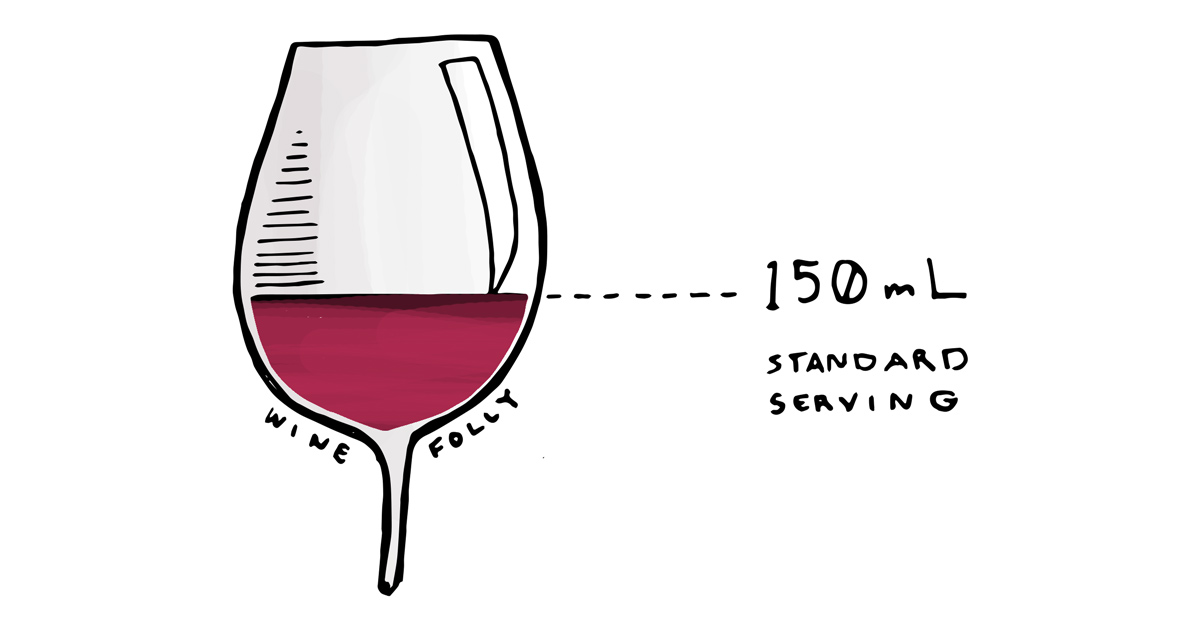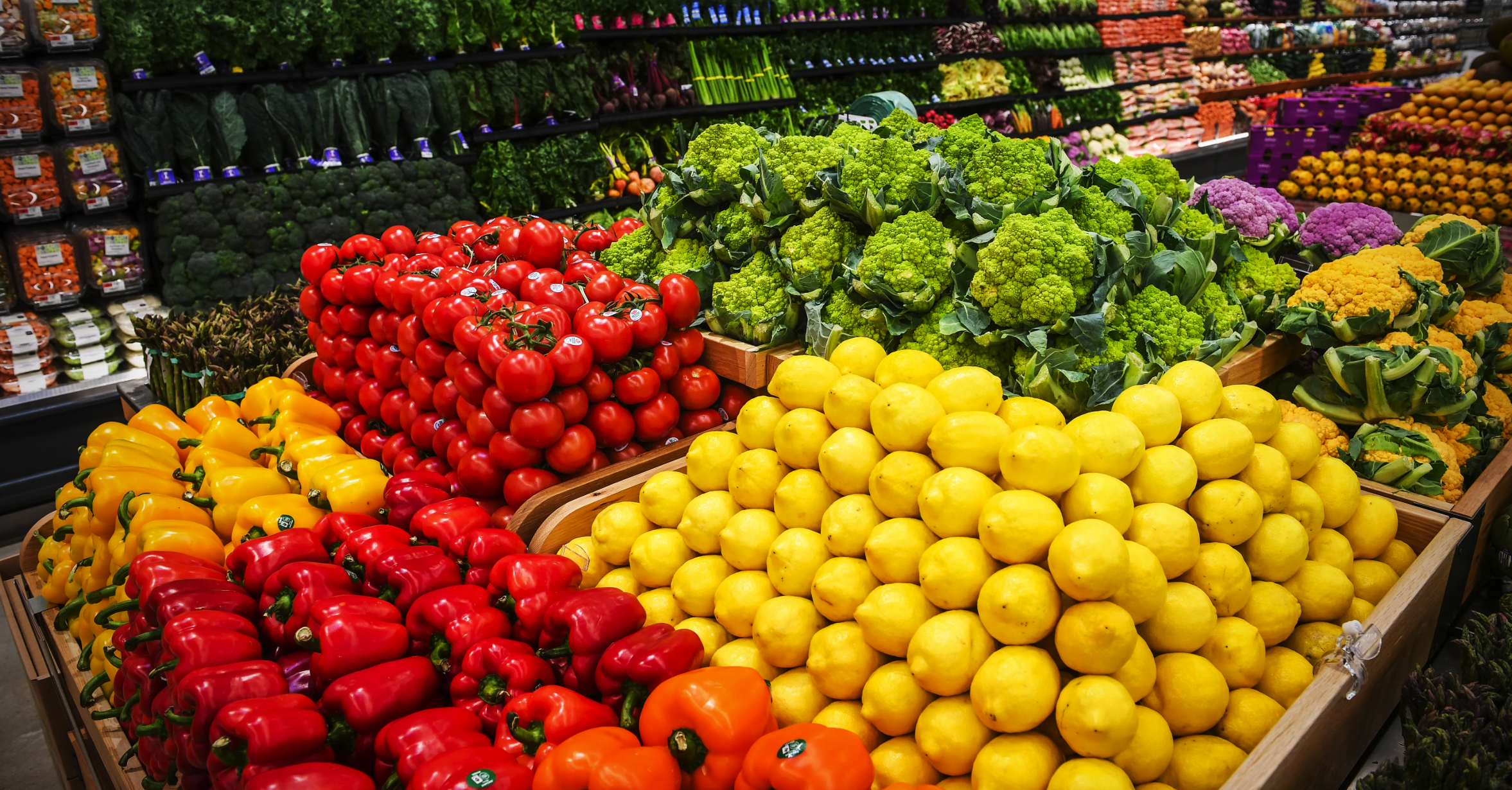
Red wine, often called the elixir of life, not only tantalizes your taste buds but also offers surprising health benefits. In the realm of red wine, where a symphony of delicious aromas and flavors awaits, there’s a rich history and culture that has evolved over centuries. Join us, wine lovers, as we explore the wide world of red wine, uncovering interesting facts and health insights along the way.
Drinking red wine in small doses is better for you than not drinking at all!
Studies have shown that moderate red wine consumption is better for your health than not drinking at all (However, a recent study also showed that these benefits are limited to adults older than 40 years). Why, you ask? It’s the antioxidants in red wine that come to the rescue, reducing the risk of cardiovascular disease, mortality, and type-2 diabetes. Of course, moderation is key; excessive consumption can outweigh the benefits with increased health risks. So, remember, sip your red wine responsibly.

Red wine’s health benefits come from tannin.
Almost everything in wine, aside from alcohol and water, belongs to the polyphenol family. Polyphenols include tannins, color pigments, wine aromas, resveratrol, and around 5,000 other plant compounds. Among these polyphenols, Procyanidins, a type of condensed tannin also found in green tea and dark chocolate, play a vital role. They specifically inhibit cholesterol plaque formation in blood vessels, contributing to heart health and longevity.
Some red wines are better for you than others.
Red wines come in various styles, and some offer more health benefits than others, primarily due to their condensed tannin content. Here are some clues to help you choose wisely:
- Opt for dry red wines over sweet ones
- Red wines with lower alcohol content (preferably below 13% ABV) are better for you.
- Choose red wines with higher tannin levels (those with a more astringent taste) for enhanced health benefits
Young red wines are better for you than old red wines.
Contrary to the belief that old wines are the best, when it comes to the health aspects of wine, young red wines take the crown. They boast higher tannin levels compared to other wine types. As wines age, their color lightens, becoming pale and translucent over time.

Red grapes are older than white wine grapes.
Did you know that the yellow and green-colored grapes used to produce white wines are believed to have originated from a DNA mutation of red grapevines? This hypothesis gains credence when considering that Pinot Noir and Pinot Blanc share the same DNA.
Red wines age longer than white wines.
Red wines typically age longer than white wines, thanks to their higher tannin and color content. These characteristics, referred to as “structure” in wine, indicate how long a wine can age gracefully.
Red wine grapes can be made into white wine.
It might surprise you, but white wine can be made from red grapes. This process involves making white wine without any contact with the grape skins, which is where the color comes from. A notable example is Blanc de Noirs Champagne, a white sparkling wine crafted from Pinot Noir and Pinot Meunier (both red grape varieties).
Unveiling these fascinating facts about red wine can certainly impress your friends at parties. However, what’s even more impressive is knowing where to find your favorite bottles of red wine. Look no further than Carrefour Uganda, where we offer a range of red wines, from Cabernet Sauvignon to Merlot. Visit any of our stores across the country to discover your favorite bottle and elevate your red wine experience.
Excerpts from Wine Folly.


















































